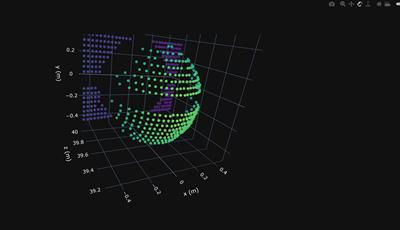
A team of scientists has unlocked the potential of 6G communications with a new polarization multiplexer. Terahertz communications represent the next frontier in wireless technology, promising data transmission rates far exceeding current systems.
By operating at terahertz frequencies, these systems can support unprecedented bandwidth, enabling ultra-fast wireless communication and data transfer. However, one of the significant challenges in terahertz communications is effectively managing and utilizing the available spectrum.
The team has developed the first ultra-wideband integrated terahertz polarization (de)multiplexer implemented on a s...
Read More









Recent Comments